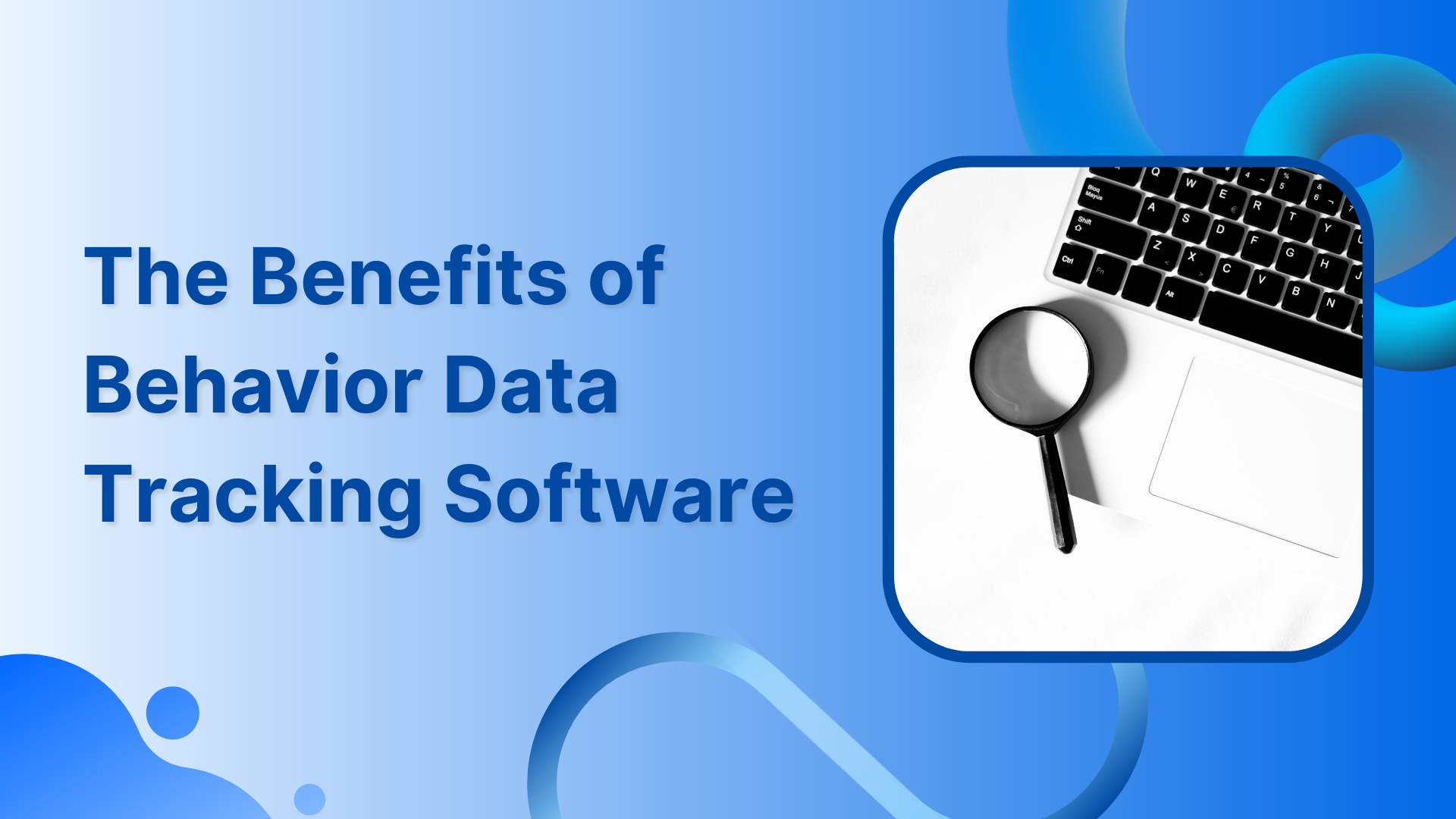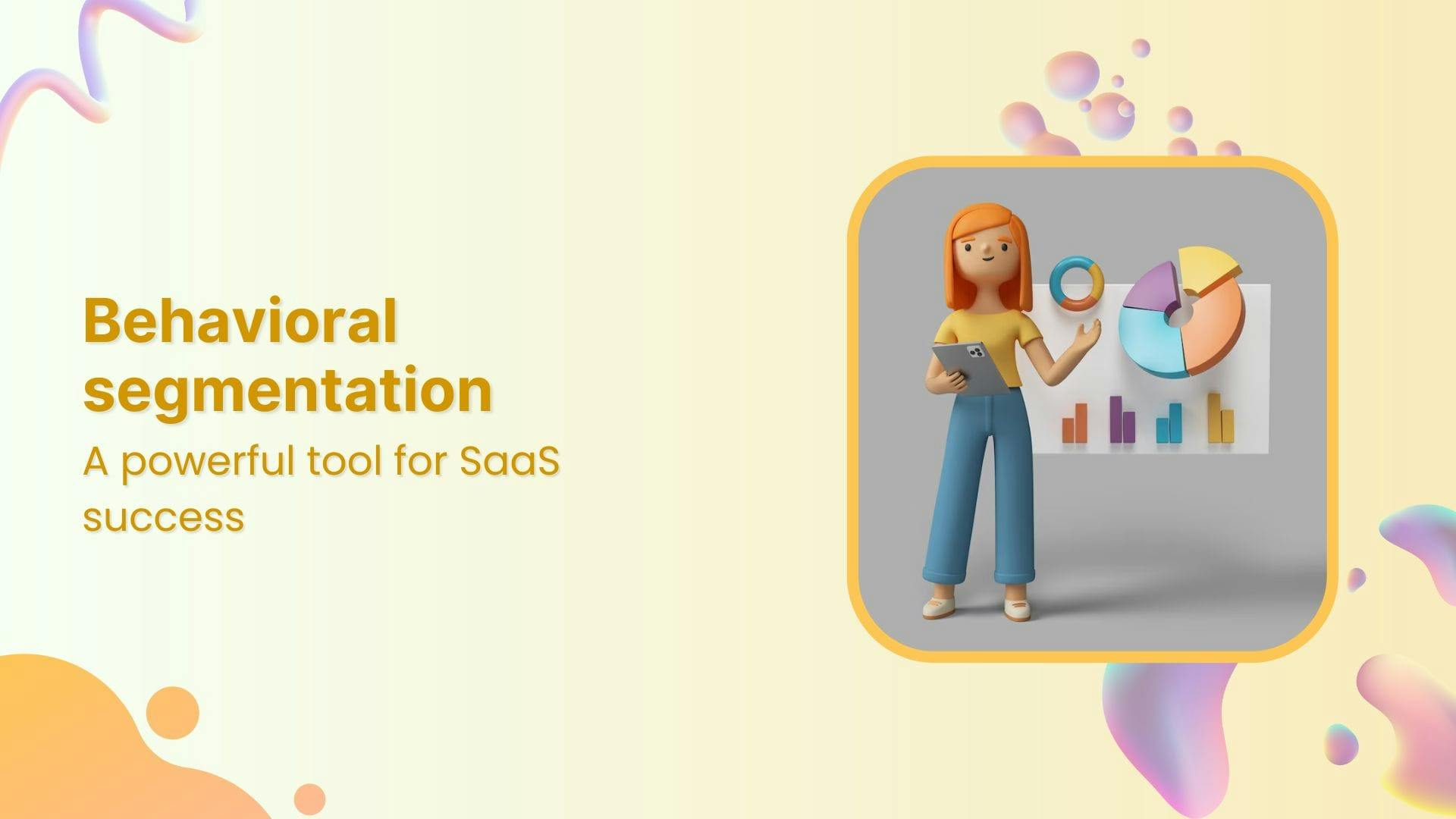
The Benefits of Behavior Data Tracking Software
Apr 3, 2024
5 mins read
If you want to improve your business, understanding customer behaviors is key. The right behavior data tracking software can help you do just that. By understanding how customers interact with your business, you can make changes to improve the customer experience.
Behavior data tracking software can also help you identify trends and patterns in customer behaviors. This information can be used to make decisions about marketing, product development, and more.
What is User Behavior?
User behavior refers to all the actions that users perform on a site or app, including how long they spend on a page, how many pages are they visiting, how they interact with the site, and any difficulties they experience.
Meanwhile, user behavior analytics (UBA) is a technique where websites record what their users are doing and then analyze this data to figure out why users are behaving a certain way.
UBA allows you to record how your users interact with your product. This is similar to how you might set up security cameras in a physical store.
Your in-house staff will notice some of these behavior patterns just by watching them.
The information gathered over time will help you to determine any areas of improvement you need to make to better your user experience and increase your sales. This is something that you can replicate for your SaaS and website users.
While a traditional analytics program such as Google Analytics can help you track where your visitors are coming from, it won’t be able to tell you why they’re behaving the way they are.
Qualitative and quantitative data are gathered by user behavior analysis, which facilitates a better understanding of why users behave the way they do.
As we move forward, you will see what behavioral analysis is as well as some of the tools you can use to track users’ behaviors. But first, let’s clear up the difference between behavior analytics and behavioral analytics.
Both words seem very similar, but they’re not.
While behavioral analysis focuses on predicting user behavior, behavior analysis aims to optimize the experience.
User Behavior Metrics You Should Track

User behavior metrics tell you what users do when they visit your site or app.
There are two main kinds of metrics to monitor here:
- Qualitative attitudinal metrics: Customer feedback and surveys are an excellent way of gathering data about your customers’ feelings towards your product or service, including factors such as loyalty, usability, and satisfaction.
- Quantitative behavioral metrics: Measuring how your users engage with your products goes further than just their experience with the product. You need to measure things like retention rates, churn rates, abandonment rates, and user success rates.
User behavior can be measured by tracking key indicators such as:
- Conversion (getting visitors to sign up for a free trial and then converting them to a paid subscription).
- Leading trial users to the point where they see how your app makes life easier for them.
- User activation.
- Complete product adoption.
- Customer satisfaction score.
- Time per task.
- Customer retention rate.
- User error rate.
- Customer effort score.
- Customer churn rate.
By tracking each of these key performance indicators, you can identify where customers are encountering obstacles, where customers are experiencing the most frustration, and where the most value is being created.
Benefits of Tracking and Analyzing User Behavior in Saas
There are many benefits of tracking and analyzing user behavior in a software-as-a-service (SaaS) application. By understanding how users interact with the application, SaaS providers can make informed decisions about features, design, and marketing.
User behavior data can help identify areas of the application that are confusing or difficult to use. It can also reveal which features are most popular and which ones are underutilized. This information can be used to improve the user experience and make the application more user-friendly.
Behavior data tracking software can also help shorten time-to-value. Through behavior patterns, you will see when people see the value of your product or service -- often called the "aha" moment.
User behavior analysis can also help you speed this up by helping you remove potential barriers.
Imagine someone signed up for a free trial and got lost while using the product. Or maybe they don’t even know where to start in the first place. Checklists will remove any blocks on their way and guide them through the product, helping them reach activation faster.
In addition, you can use micro surveys to gather feedback from users at different points in their journey.
- Onboarding surveys enable you to segment clients properly so you can better help them achieve their business objectives.
- Measure user sentiment and loyalty with NPS surveys.
- Get valuable feedback after launching a new product or new feature.
- Regularly check in with users to understand where they are struggling with your app.
Finally, tracking user behavior can also be used to detect and prevent fraud. By understanding how users interact with the application, SaaS providers can identify suspicious activity and take steps to protect the application and its users.
Choose the Best Behavior Data Tracking Software for You
When it comes to choosing the right behavior data tracking software for you, it's important to consider what your specific needs are. There are a variety of different options out there, and the best way to find the right one is to research and compare a few different options.
One of the most important things to consider when choosing behavior data tracking software is what kind of interval data you need to track. Different software programs offer different features, so it's important to find one that will allow you to track the specific data you need.
Another important thing to consider is how easy the software is to use. You want to be able to easily input data sheets and track them over time, so it's important to find software that is user-friendly and easy to navigate.
Finally, you'll also want to consider the cost of the software. There are a variety of different pricing models out there, so it's important to find one that fits within your budget.
By considering these factors, you can be sure to find the best behavior data tracking software for your needs.
Behavior tracking is a fantastic way to boost user experience, increase your retention rates, and a whole lot more.
Combining both qualitative and quantitative analysis will provide you with more useful information than using just one or the other. There are many behavior tracking tools available to help you do this.
Frequently Asked Questions
How do you track behavioral data?
There are a few different ways to track behavioral data, but the most common method is through behavior data tracking software. This type of software allows you to collect data on a variety of different behaviors, including how often the behavior occurs, how long it lasts, and what triggers it. This information can be used to help you better understand your child's behavior and develop strategies for managing it.
What is a behavior app?
A behavior app is a type of behavior data tracking software that allows users to collect and track data related to their behavior. This data can be used to help individuals understand their behavior, set goals, and track progress.
Conclusion
The right behavior data tracking software can help you improve your business by understanding customer behavior. By understanding how customers interact with your business, you can make changes to improve the customer experience.
Behavior data tracking software can also help you identify trends and patterns in customer behavior. This information can be used to make decisions about marketing, product development, and more.

Know what's happening at every touchpoint of your users’ journey with AI-powered analytics.
It's 100% Free to Try!


